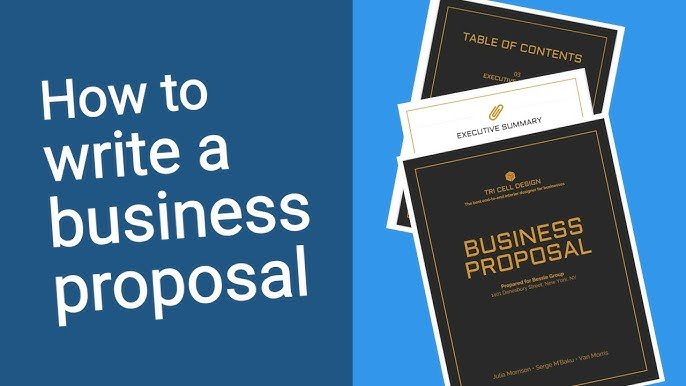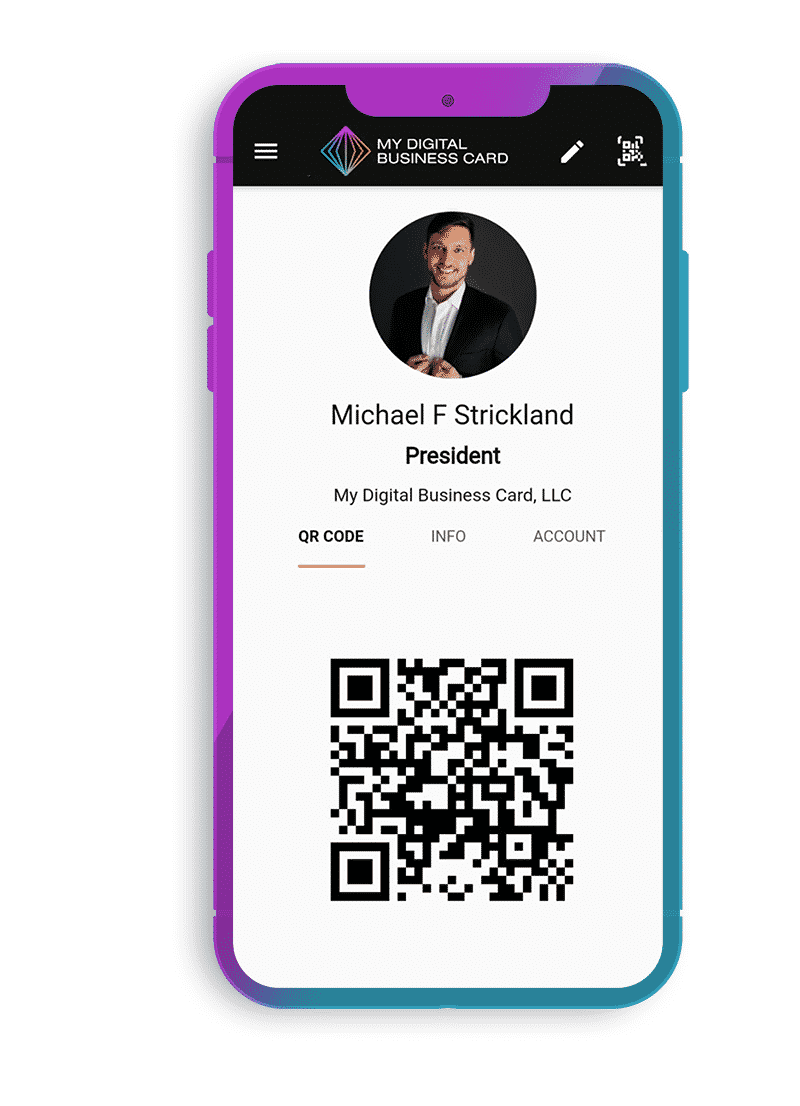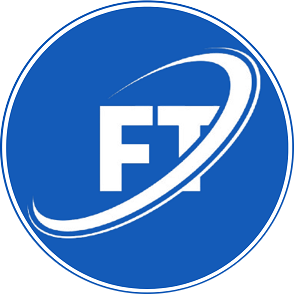Key Points for Writing a Good Business Proposal

A business proposal is a document used to persuade a potential client, investor, or business partner to engage in a specific business deal or project. It outlines the purpose, benefits, and execution plan of the proposed business idea or service.
Here Are The Key Points for Writing a Good Business Proposal
1. Understanding the Purpose and Audience
- Before writing, identify the target audience (client, investor, or partner).
- Understand their needs, pain points, and expectations.
- Research the company or individual you are pitching to.
2. Business Proposal Structure
A well-structured proposal generally follows this format:
A. Title Page
- Includes the proposal title, business name, logo, date, and the recipient's name.
- Should be clear and professional.
B. Cover Letter (Optional)
- A short, personalized letter addressing the recipient.
- Express appreciation for their time.
- Provide a brief introduction to the proposal.
C. Executive Summary
- A concise overview of the proposal.
- Highlight the key benefits of your proposal.
- Clearly state your objectives and expected outcomes.
D. Problem Statement (Needs Analysis)
- Identify the problem the client is facing.
- Provide data or research to support your claim.
- Explain why solving this problem is crucial.
E. Proposed Solution (Your Product/Service)
- Explain how your business, product, or service will address the problem.
- Highlight what makes your solution unique (Competitive Advantage).
- Use clear, easy-to-understand language.
F. Project Scope and Deliverables
- Define the scope of the project (what is included and what is not).
- List the specific deliverables (products, services, reports, milestones).
G. Timeline and Implementation Plan
- Provide a detailed timeline of key phases.
- Show project milestones and expected completion dates.
- Use a Gantt chart or roadmap if applicable.
H. Pricing, Budget, and Payment Terms
- Clearly outline costs, fees, and payment structure.
- Provide breakdowns if necessary (e.g., labor, materials, software).
- If possible, offer different pricing options/packages.
I. Benefits and ROI (Return on Investment)
- Explain how your proposal will bring value to the client.
- Use data, statistics, and case studies if applicable.
- Show potential cost savings, efficiency improvements, or revenue growth.
J. Company Background and Credentials
- Provide a brief history of your business.
- Highlight past successes, relevant experience, or case studies.
- Include client testimonials or references.
K. Terms and Conditions
- Clarify legal aspects, responsibilities, and obligations.
- Mention confidentiality, contract terms, or warranties.
- Define limitations or exclusions.
L. Call to Action (Next Steps)
- Encourage the client to take action (e.g., sign the proposal, schedule a meeting).
- Provide contact details for further discussion.
Illustration: Business Proposal Summary
Imagine you are proposing a digital marketing service to a client.
Title Page:
Proposal for Digital Marketing Services – ABC Marketing Agency
Executive Summary:
ABC Marketing Agency proposes to increase XYZ Company’s online presence through targeted social media marketing and SEO strategies, expecting a 40% increase in website traffic within six months.
Problem Statement:
XYZ Company has low online visibility, affecting its customer acquisition and revenue.
Proposed Solution:
We will implement a customized marketing strategy, including paid advertisements, SEO optimization, and content marketing.
Project Timeline:
- Month 1: Website SEO Audit & Strategy Planning
- Month 2-3: Social Media Marketing Implementation
- Month 4-6: Optimization & Performance Analysis
Pricing:
- Basic Package: $5,000/month
- Premium Package: $8,000/month
ROI Expectation:
Projected 40% increase in leads and 30% growth in sales within six months.
Call to Action:
We would love to discuss further and get started! Let’s schedule a meeting to finalize details.
Tips for Writing a Winning Business Proposal
- Keep it clear, concise, and professional
- Use persuasive language and focus on the client’s benefits
- Incorporate visuals like charts, infographics, and tables
- Provide credible data, testimonials, or case studies
- End with a strong call to action






